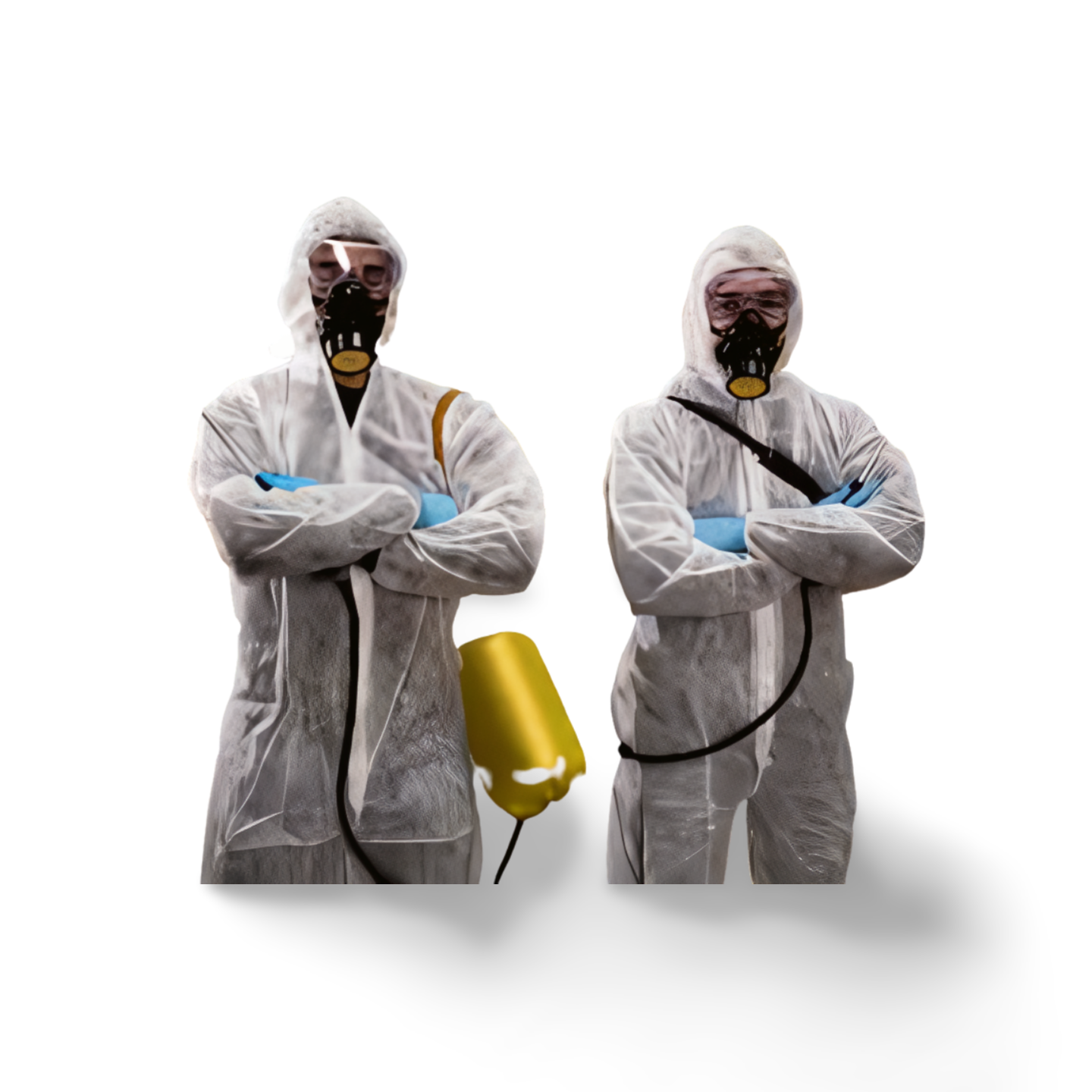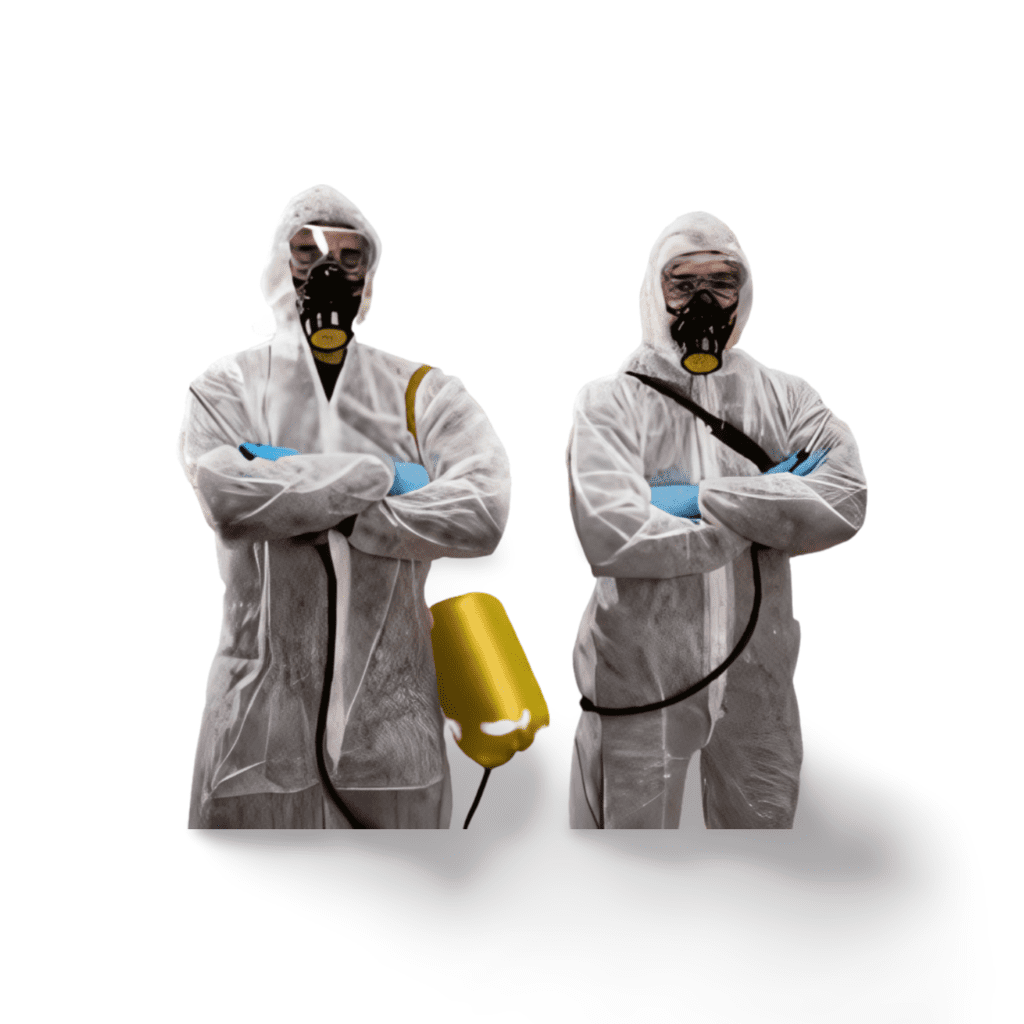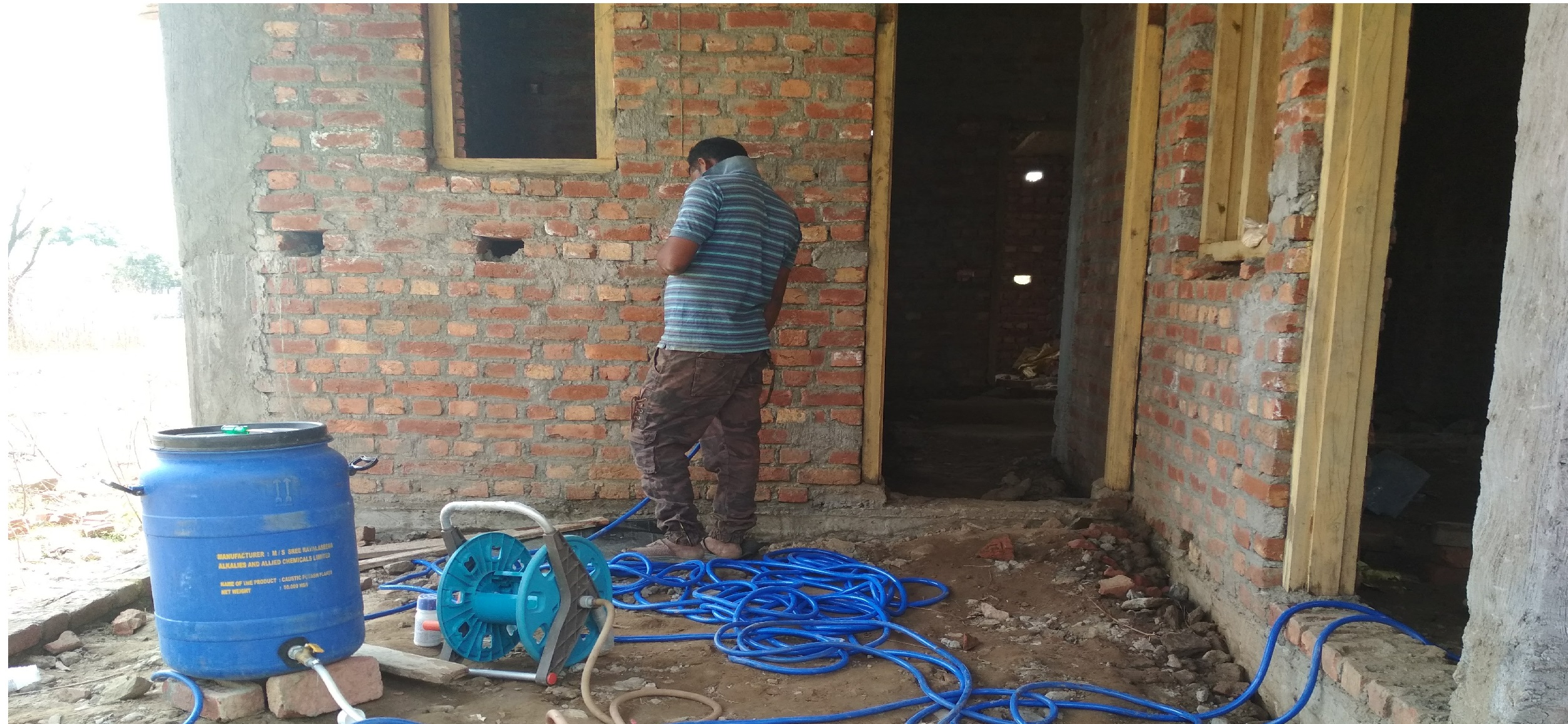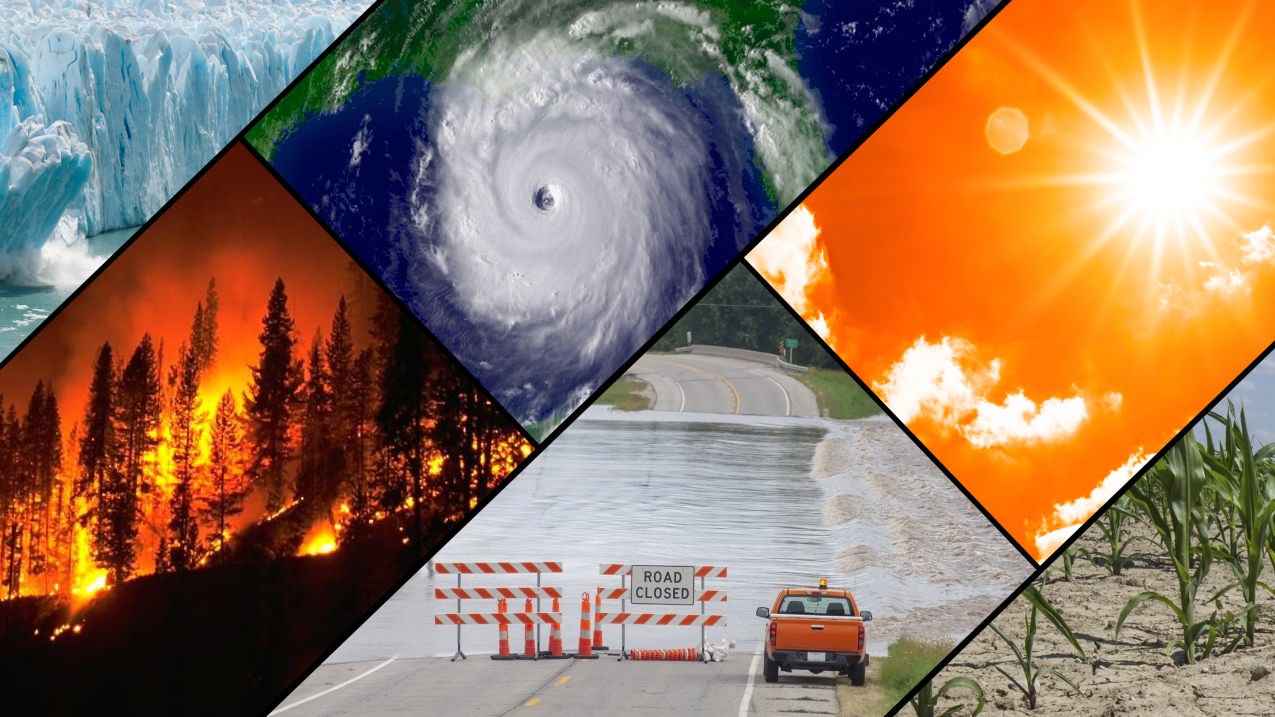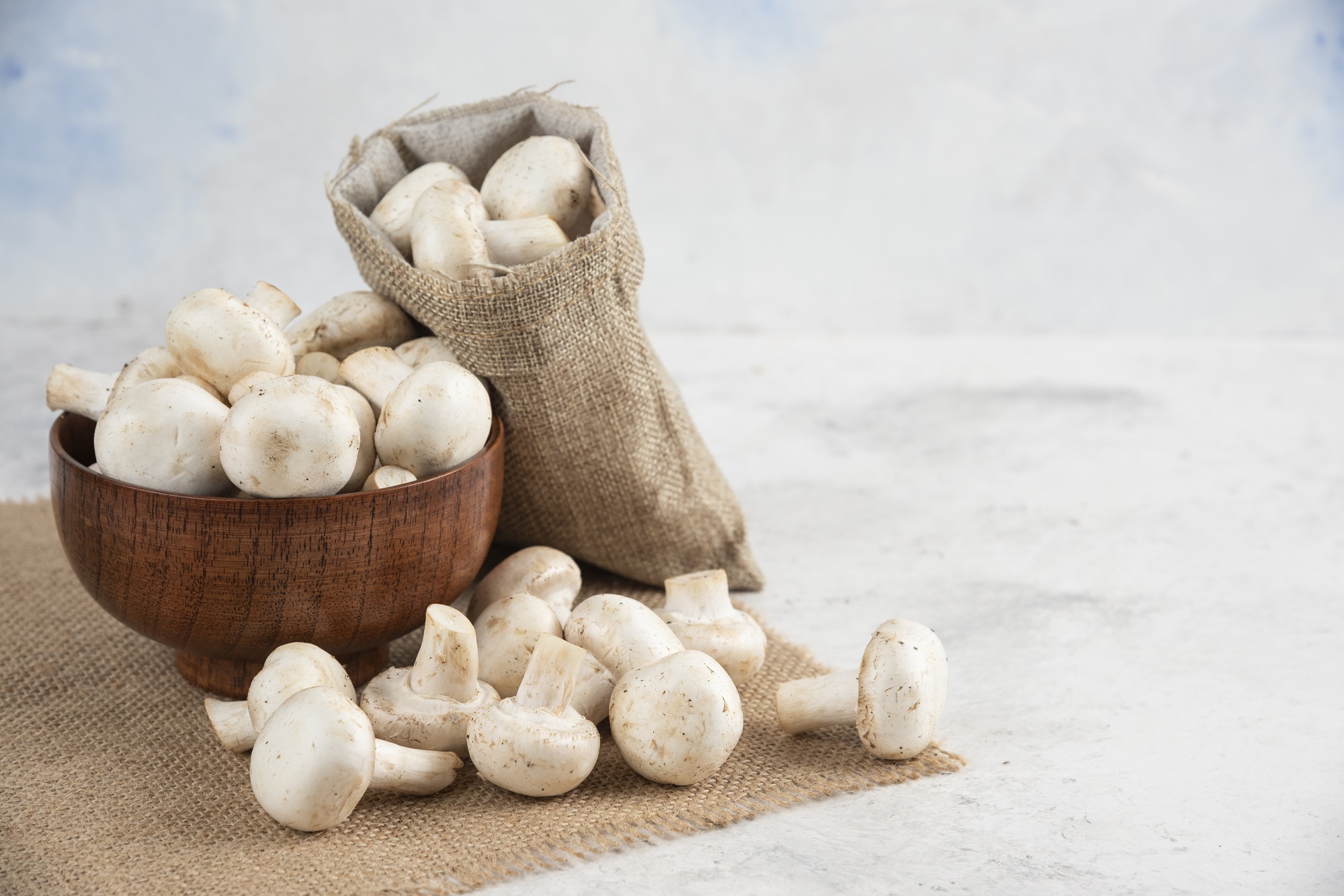Pest Control Services in India:
Strategies, Methods, and Environmental Considerations
Introduction: Pest control refers to the management and regulation of pests, which are organisms that have harmful effects on humans, animals, plants, or the environment. Effective pest control is crucial for maintaining the health and well-being of ecosystems, agricultural production, and human settlements. This article provides an in-depth exploration of various pest control strategies, methods, and the environmental considerations associated with pest management.
I. Integrated Pest Management (IPM): A. Definition and Principles:
-
Definition of IPM
-
Principles of IPM
-
Components of IPM: Prevention, Monitoring, Intervention, and Evaluation

B. Prevention:
- Importance of prevention in pest control
- Practices for preventing pest infestations
- Examples of preventive measures: sanitation, exclusion, habitat modification
C. Monitoring:
- Significance of monitoring in IPM
- Techniques for pest monitoring
- Tools and technologies used in pest monitoring
D. Intervention:
- Pest identification and assessment
- Pest control methods a. Biological control b. Chemical control c. Physical control d. Cultural control
- Selection of appropriate intervention strategies
E. Evaluation:
- Importance of evaluating IPM effectiveness
- Techniques for evaluating IPM programs
- Continual improvement and adaptation in IPM
II. Biological Pest Control: A. Definition and Types:
- Definition of biological control
- Types of biological control agents a. Predators b. Parasitoids c. Pathogens d. Parasites e. Competitors
B. Advantages and Limitations:
- Advantages of biological control
- Limitations and challenges of biological control
- Case studies and examples of successful biological control programs
C. Application Methods:
- Augmentative biological control
- Conservation biological control
- Classical biological control
III. Chemical Pest Control: A. Pesticides:
- Definition and types of pesticides
- Mode of action and target organisms
- Environmental and health concerns associated with pesticide use

B. Pesticide Application:
- Proper handling and storage of pesticides
- Application techniques and equipment
- Safety precautions and regulations
C. Alternatives to Conventional Pesticides:
- Biopesticides
- Botanical insecticides
- Microbial pesticides
- Pheromones and semiochemicals
IV. Physical and Cultural Pest Control: A. Physical Control Methods:
- Mechanical removal
- Traps and barriers
- Heat and cold treatments
B. Cultural Control Practices:
- Crop rotation
- Sanitation and hygiene
- Companion planting
- Irrigation and water management
V. Environmental Considerations in Pest Control: A. Ecological Impacts:
- Effects of pest control on non-target organisms
- Conservation of beneficial insects
- Preservation of biodiversity
B. Sustainable Pest Management:
- Organic farming and pest control
- Agroecological approaches
- Ecosystem-based pest management
C. Integrated Pest Management in Urban Areas:
- Urban pest control challenges
- Non-chemical pest control strategies in urban environments
- Public awareness and education
Conclusion: Effective pest control is a multidimensional process that requires the integration of various strategies, methods, and considerations. Integrated Pest Management (IPM) serves as a comprehensive approach to pest control, emphasizing prevention, monitoring, intervention, and evaluation. Biological control, chemical control, physical control, and cultural control methods each have their advantages and limitations, and their selection depends on specific circumstances. Environmental considerations, such as ecological impacts and sustainable pest management, are vital to ensure the long-term health of ecosystems and minimize unintended consequences. By adopting holistic pest control practices, we can strike a balance between pest management and environmental sustainability.
